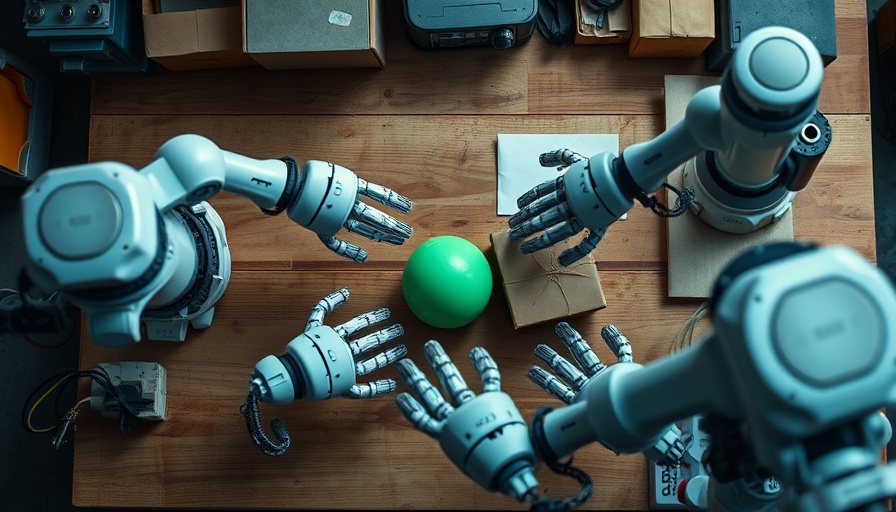
Revolutionizing Robotics: Google’s New AI Technology
In a groundbreaking move, Google has unveiled its latest AI innovation, Gemini Robotics On-Device, designed to empower robots with advanced intelligence without relying on cloud computing. This shift towards on-device AI technology aims to enhance efficiency, reduce latency, and offer unprecedented levels of privacy and autonomy for robotic applications.
Understanding the Shift to On-Device AI
Traditionally, robots required constant internet connectivity to access powerful AI models hosted in the cloud. However, this dependency posed numerous challenges, such as downtime due to connectivity issues and potential security risks. By integrating sophisticated AI capabilities onto the robots themselves, Google is addressing these concerns head-on, signaling a move towards more resilient and capable autonomous machines.
The Practical Implications of Smarter Robots
The implications of this development are vast, particularly across various industries. In agriculture, for example, robots equipped with Gemini could analyze soil conditions and autonomously manage irrigation systems based on real-time data without external internet reliance. In manufacturing, these smarter robots could streamline operations, executing tasks with precision and timely feedback, leading to increased productivity and efficiency.
Enhancing Privacy and Security with On-Device AI
A significant advantage of on-device AI is the enhancement of user privacy and data security. Since robots can process data locally, less information needs to be transmitted over the internet, reducing the risk of cyber threats. This development resonates strongly with current public concerns about data privacy, making robotics more appealing to organizations that prioritize security in their operations.
Electrifying Future Prospects in Robotics
As industries increasingly adopt AI-driven solutions, the future of robotics looks promising. Analysts predict that as these technologies mature, they will play crucial roles in mitigating labor shortages, especially in sectors like healthcare and logistics where skilled labor is in high demand. Smarter, autonomous robots could augment human capabilities, enhancing service delivery and operational effectiveness.
A Paradigm Shift: The Intersection of AI and Robotics
The introduction of Google's on-device AI marks a pivotal moment in the intersection of artificial intelligence and robotics. Experts argue that this technology can redefine how machines understand and interact with their environments, enabling intuitive decision-making processes that align more closely with human-like reasoning. Such advancements could lay the foundation for future innovations that reshape the robotics landscape.
Potential Challenges in Adopting Advanced Robotics
Despite the promising outlook, the deployment of advanced robotics powered by on-device AI isn't without challenges. Issues such as the high cost of development, operational integration within existing infrastructures, and ongoing maintenance requirements may hinder widespread adoption. Educational institutions and businesses must prepare for this shift by investing in training and adapting to new technologies.
Conclusion: Embracing Technological Advancements in Robotics
In summary, Google's Gemini Robotics On-Device innovation underscores a remarkable leap forward in the robotics sector. As more organizations begin to integrate these smarter, autonomous machines into their operations, it is essential to stay updated on the evolving landscape of technology. Embracing such advancements isn’t just a step towards greater efficiency; it also represents an opportunity to redefine how humans and machines collaborate in our daily lives.
As we progress, staying informed about the latest developments in technology, such as Google’s AI advancements, will be crucial. With the rapid pace of innovation, adaptability will remain key for both individuals and businesses alike in navigating this dynamic future.
 Add Element
Add Element  Add Row
Add Row 



Write A Comment